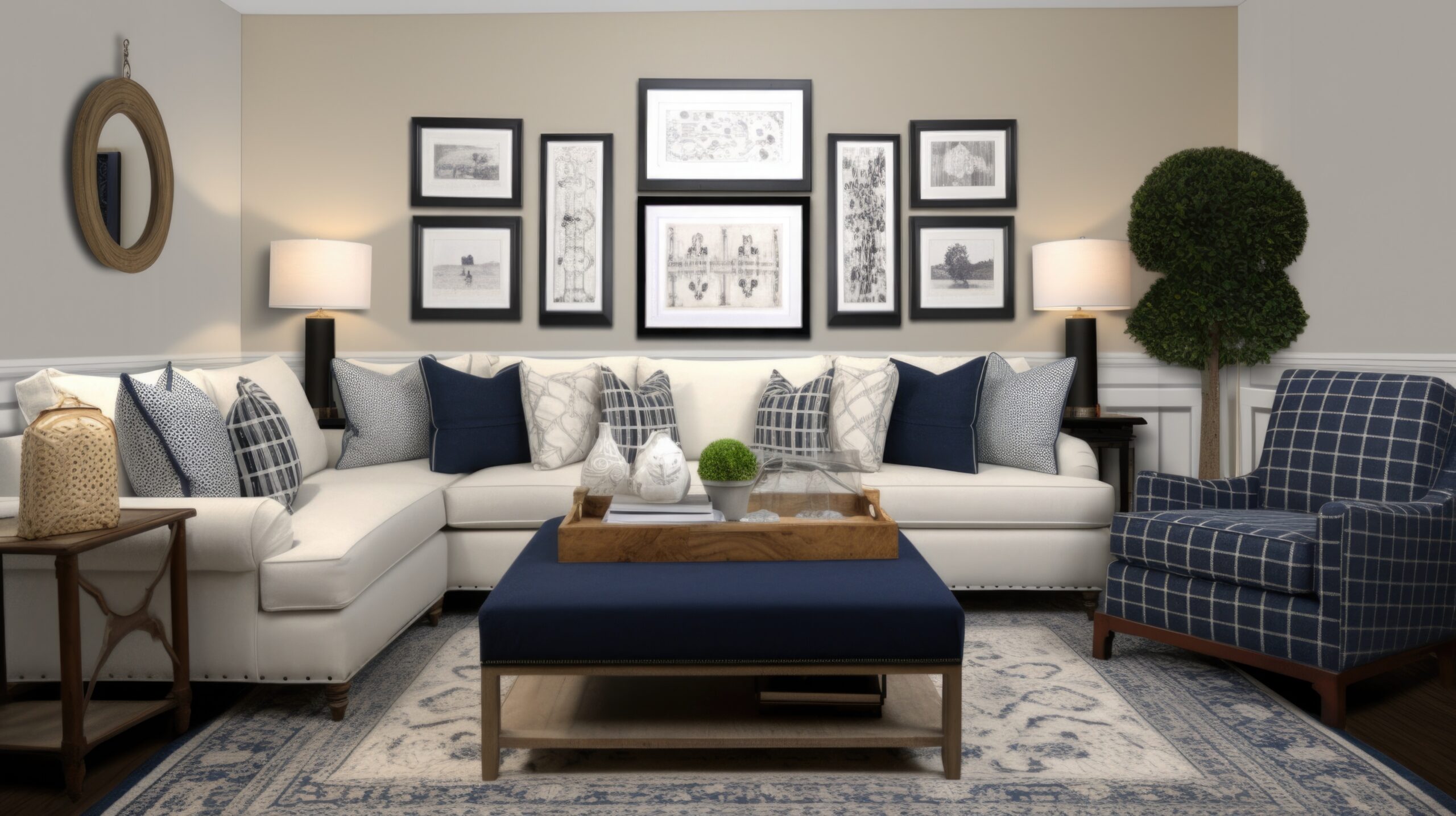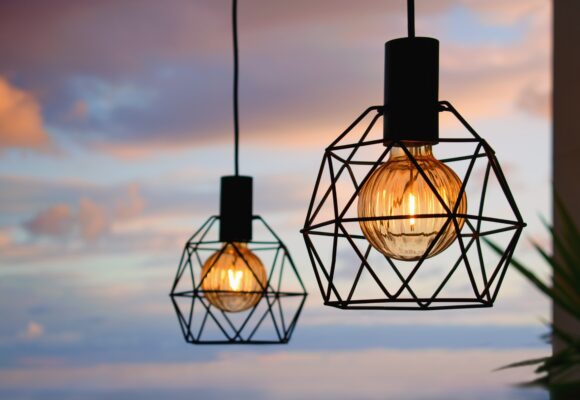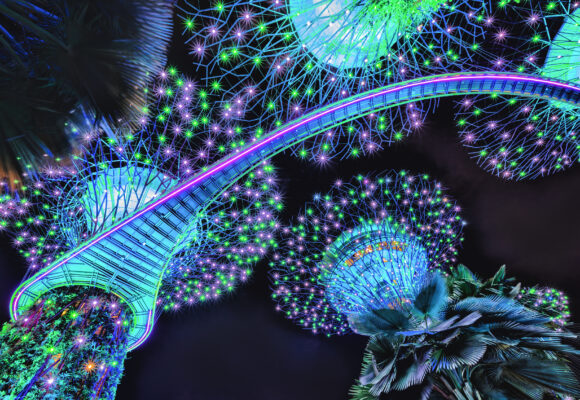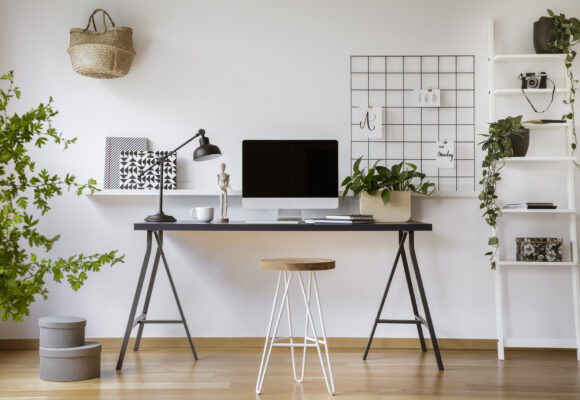Transitional interior design seamlessly blends elements of traditional and contemporary styles to create spaces that are timeless, sophisticated, and inviting. In transitional interiors, lighting plays a pivotal role in balancing the classic and modern elements while enhancing the overall ambiance and functionality of the space. Various lighting types are used to achieve a harmonious and cohesive look that bridges the gap between traditional and contemporary design aesthetics.
Transitional Lighting
One prevalent lighting type in transitional interior design is chandeliers. Chandeliers serve as focal points in dining rooms, entryways, and living spaces, adding a touch of elegance and grandeur to the room. Transitional chandeliers feature sleek and streamlined designs with clean lines and understated details, blending traditional craftsmanship with modern sensibilities. These fixtures often incorporate mixed materials such as metal and glass, adding visual interest and depth to the space.
Another common lighting type in transitional interiors is flush mount or semi-flush mount ceiling fixtures. These fixtures provide ambient illumination while maintaining a low profile and clean lines that complement the transitional aesthetic. Flush mount fixtures feature simple and streamlined designs with minimal ornamentation, making them versatile and suitable for a variety of spaces, from bedrooms and hallways to kitchens and bathrooms.
Transitional Colours
In terms of colours, transitional interior design typically features a neutral palette with subtle pops of colour to add visual interest and depth to the space. Shades of white, beige, grey, and taupe serve as the foundation for the room, creating a sense of serenity and sophistication. These neutral tones are often paired with accent colours such as soft blues, greens, or earthy hues to add warmth and personality to the space without overpowering the overall aesthetic.
Transitional Materials & Textures
Materials and textures in transitional interiors are often a blend of traditional and contemporary elements, with an emphasis on quality craftsmanship and timeless appeal. Common materials include wood, metal, glass, and stone, which are used to add texture, warmth, and visual interest to the space. Fabrics in transitional interiors tend to be soft and luxurious, with an emphasis on natural fibers such as cotton, linen, and wool, which add comfort and elegance to the room.
Overall, transitional interior design strikes a balance between classic elegance and modern sophistication, with lighting serving as a key element in creating spaces that are both timeless and inviting. By incorporating a variety of lighting types, colours, materials, and fabrics, transitional interiors achieve a harmonious and cohesive look that appeals to a wide range of tastes and preferences.




 No products in the basket.
No products in the basket. 
